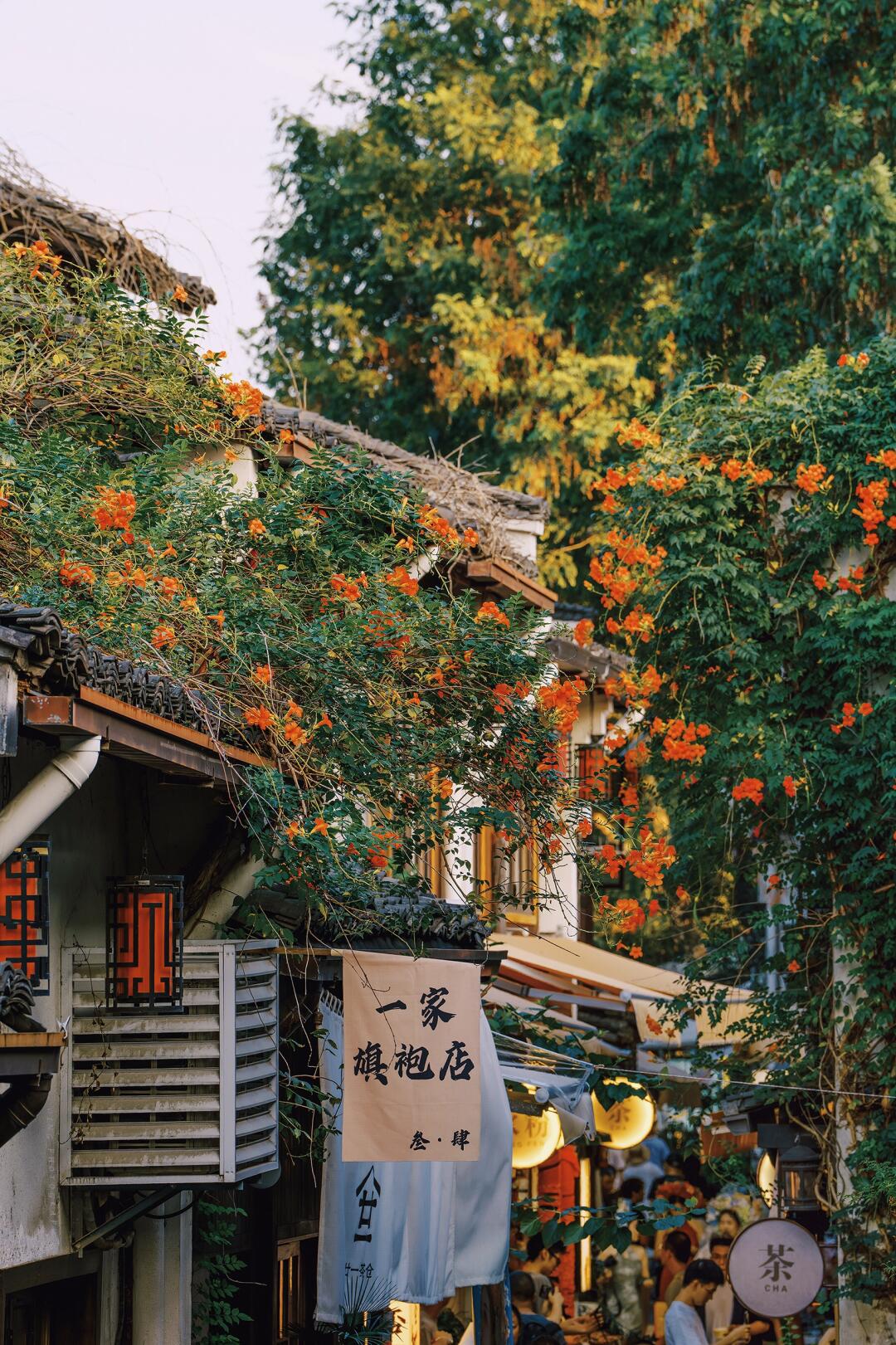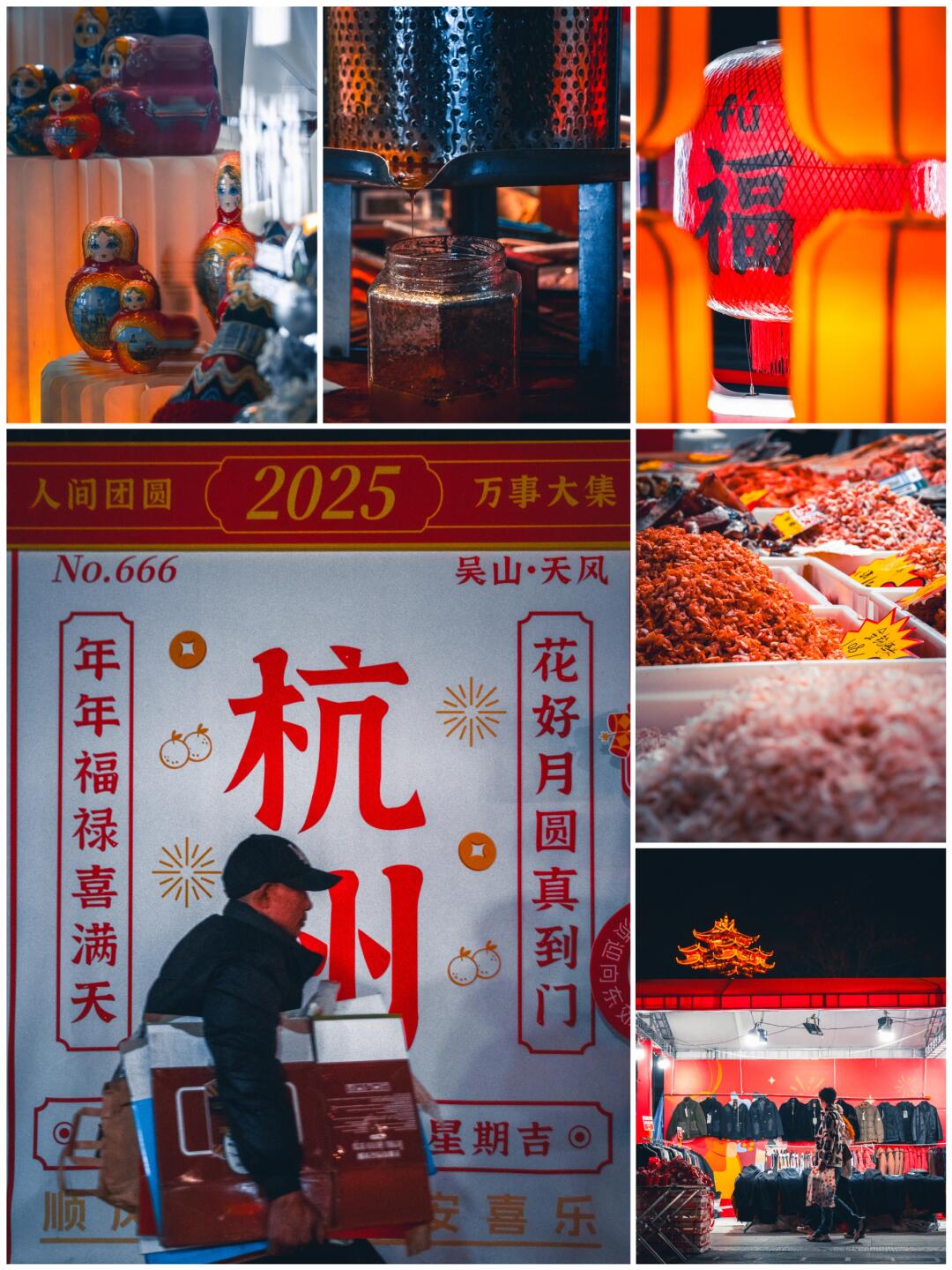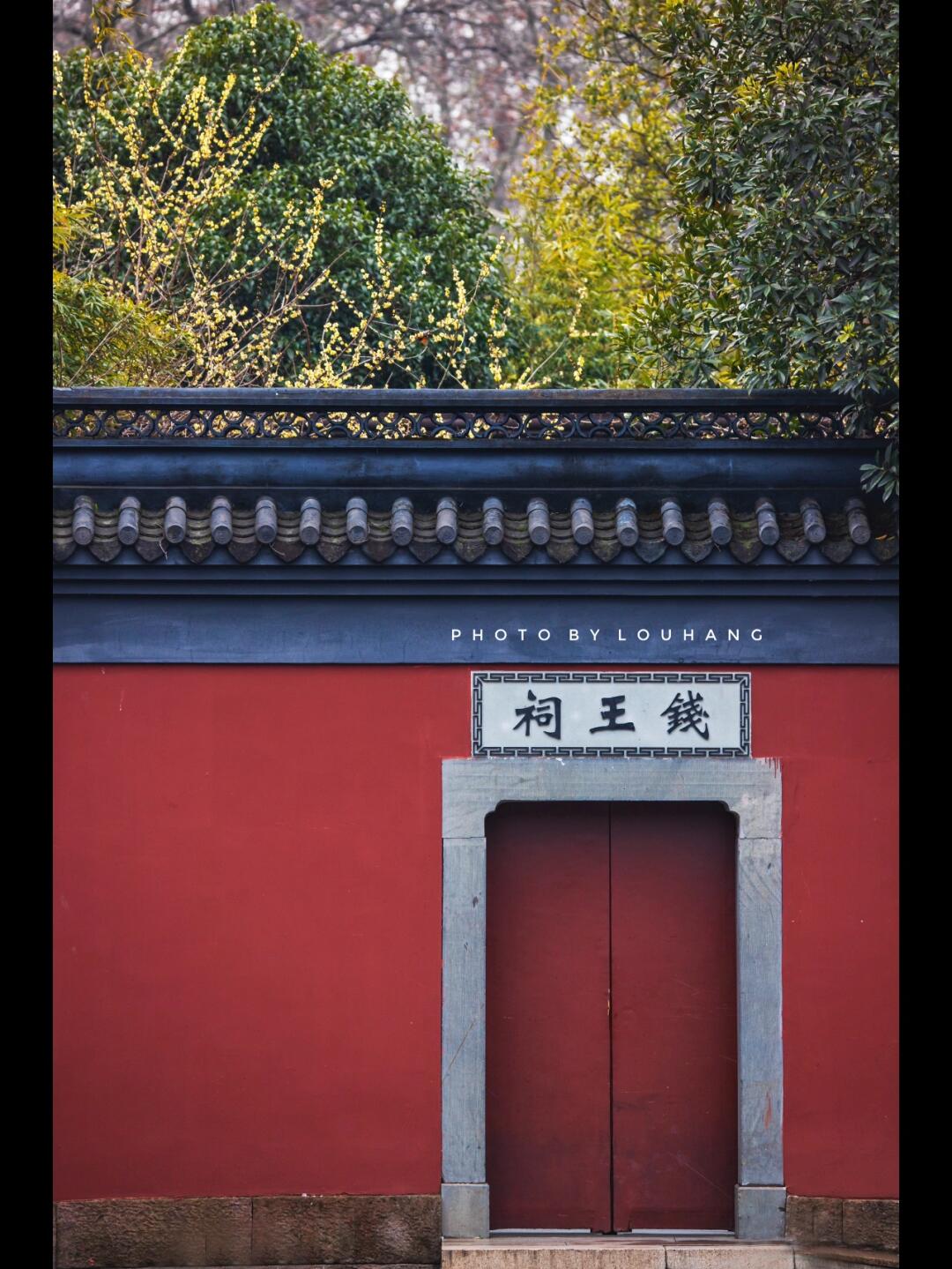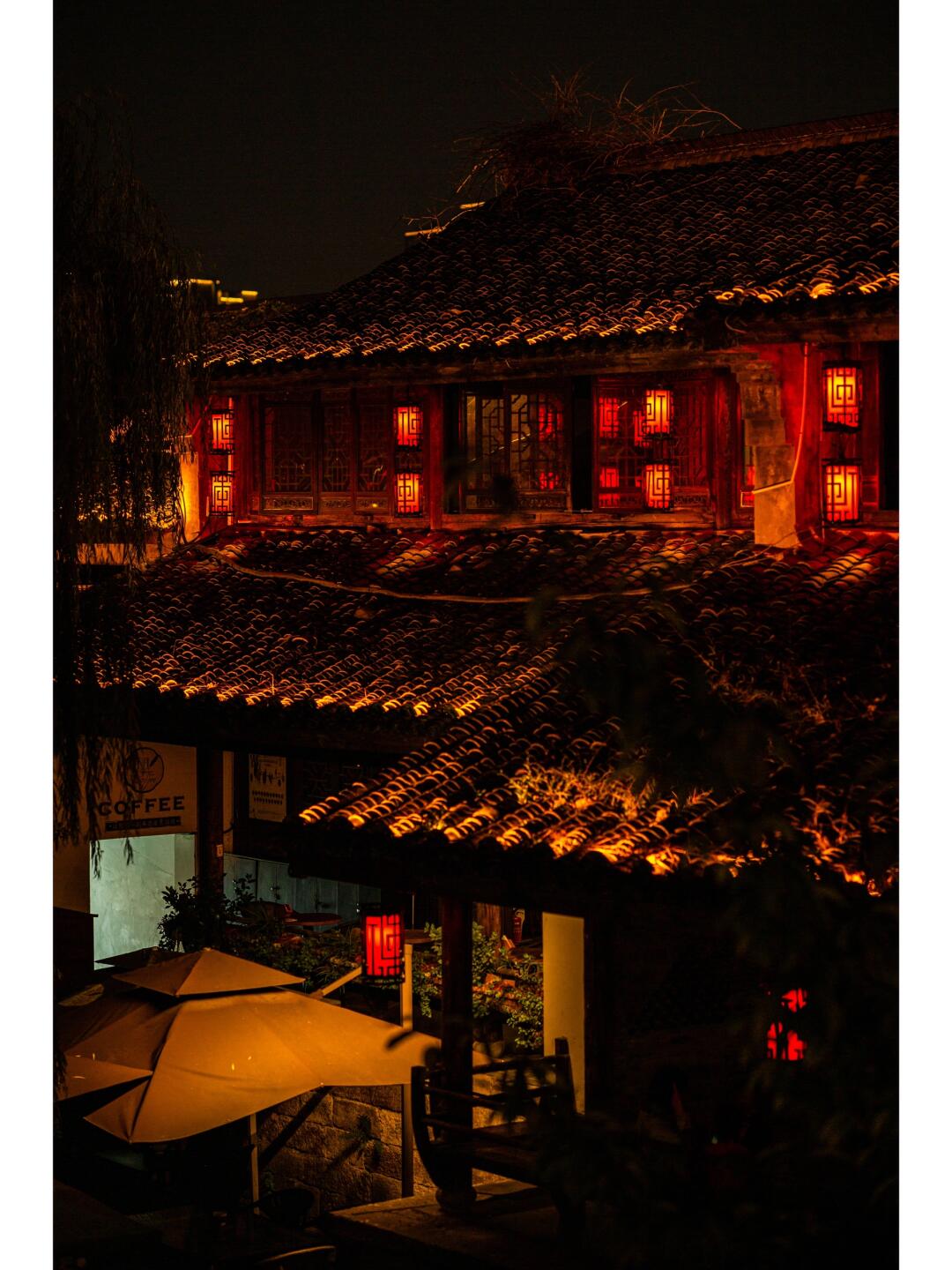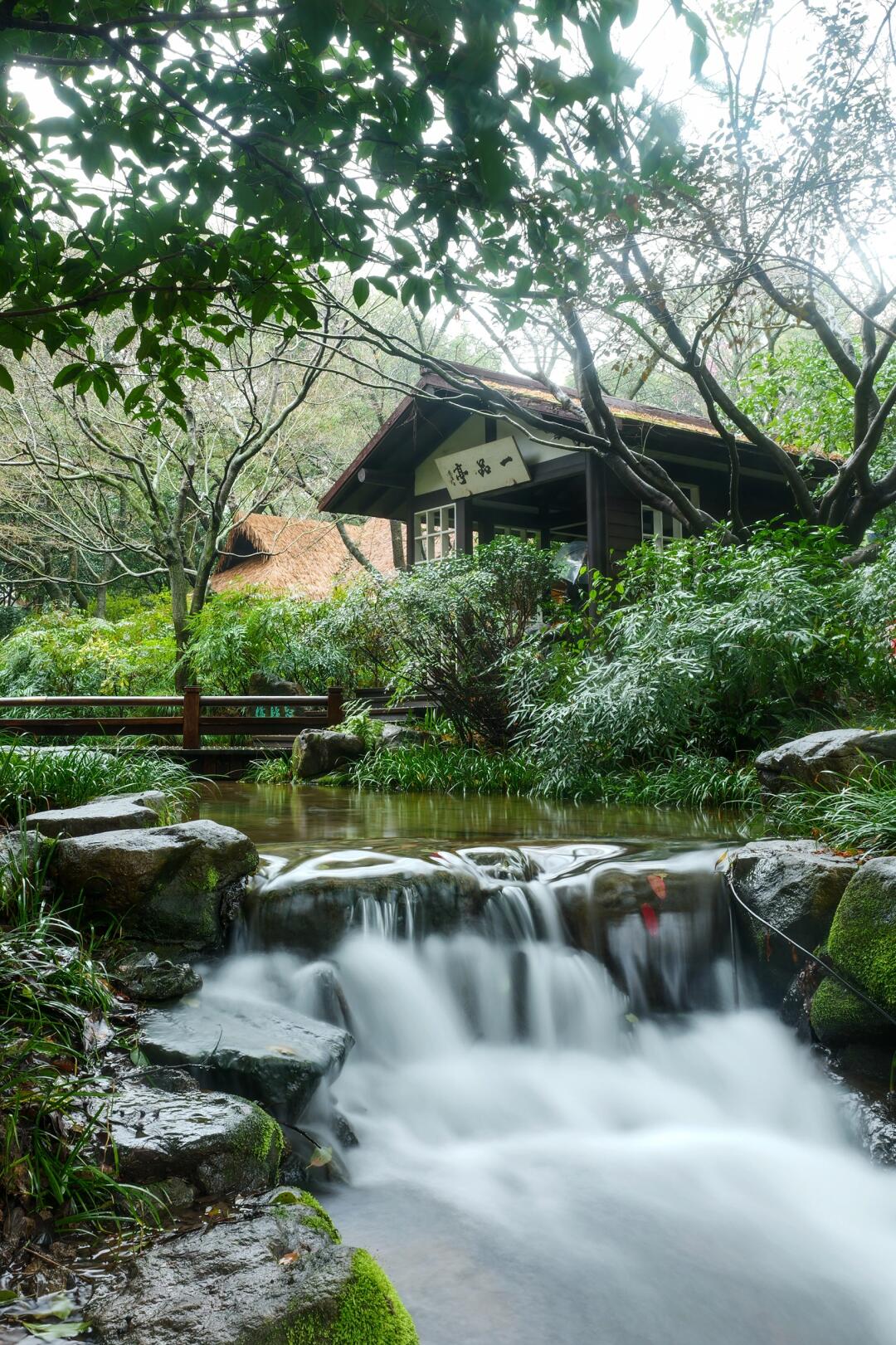

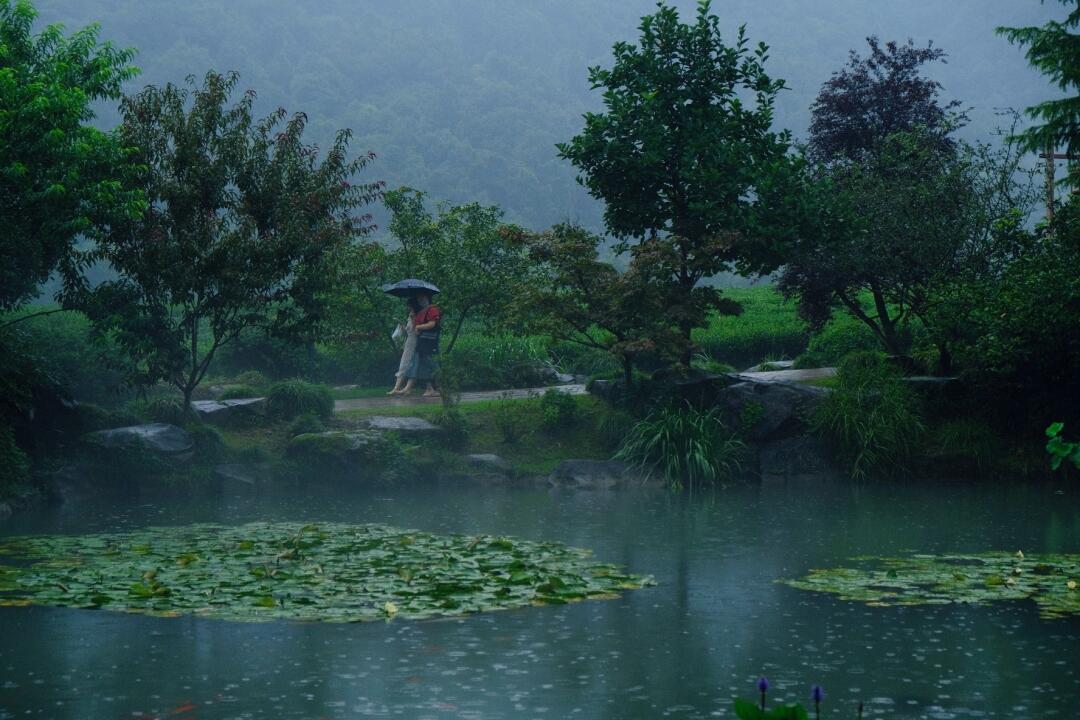
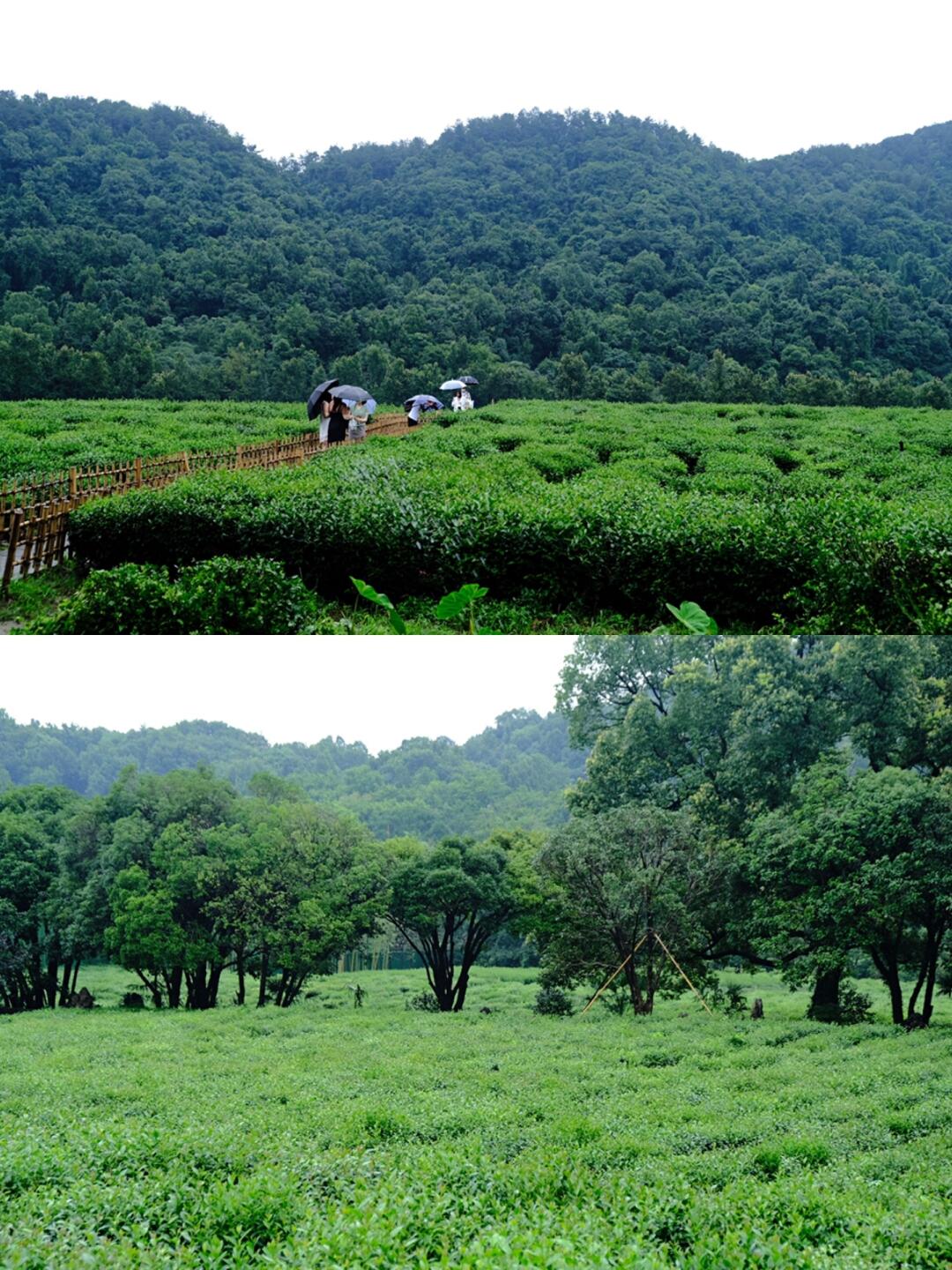
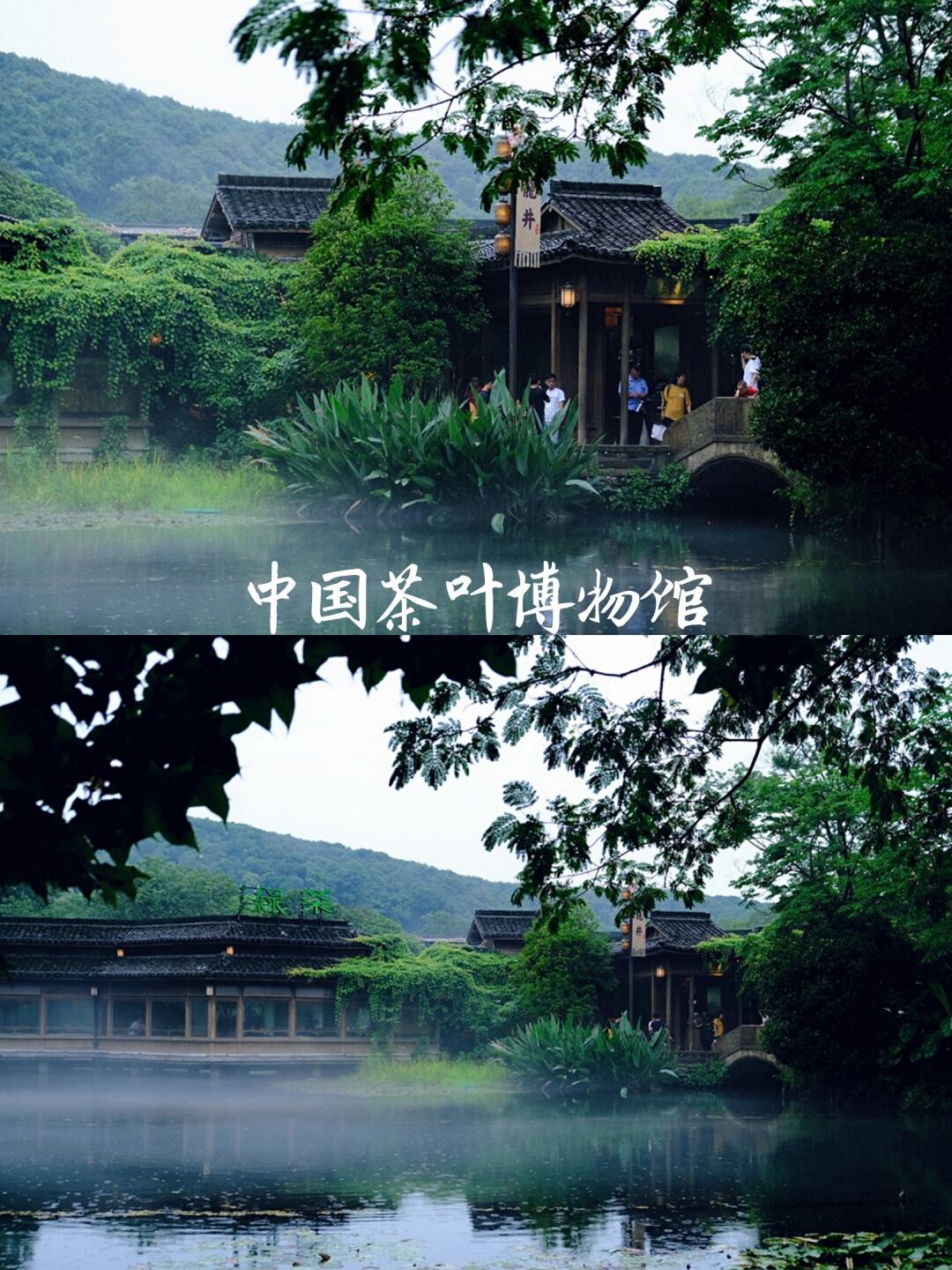
China National Tea Museum
The China National Tea Museum is the world's largest tea museum, dedicated to preserving and showcasing China's 5,000-year tea culture. Located among the Longjing tea plantations, this comprehensive museum features exhibitions on tea history, cultivation, processing, and ceremonial traditions, with opportunities for visitors to participate in tea tastings and cultural activities.
Information
Ticket price
Time
Location
88 Longjing Rd, Xihu District, Hangzhou, Zhejiang, China
View maps
More about the trip
China National Tea Museum: A Deep Dive into Chinese Tea Culture
The China National Tea Museum is the world's largest tea museum, dedicated to preserving and showcasing China's 5,000-year tea culture. Located among the Longjing tea plantations in Hangzhou, this comprehensive museum features exhibitions on tea history, cultivation, processing, and ceremonial traditions, with opportunities for visitors to participate in tea tastings and cultural activities. It offers an immersive and educational experience for tea enthusiasts and anyone interested in this integral part of Chinese heritage.
What to See and Do
Tea History and Culture: Explore the various exhibition halls that trace the long history of tea in China, from its origins as a medicinal herb to its development as a beloved beverage and cultural symbol. Learn about different tea categories, famous teas, and tea-related customs.
Tea Cultivation and Processing: Understand the intricate processes of tea cultivation, harvesting, and processing. The museum often features models, tools, and interactive displays that illustrate these steps.
Tea Ceremonies: Witness or participate in traditional Chinese tea ceremonies, where you can learn about the etiquette, philosophy, and artistry of tea preparation and appreciation.
Tea Tasting: Sample various types of authentic Chinese teas, including the famous Longjing (Dragon Well) tea, and learn to distinguish their unique flavors and aromas.
Tea Ware Collection: Admire a collection of exquisite tea ware, including teapots, cups, and other utensils, from different historical periods and regions.
Surrounding Tea Plantations: The museum is set amidst beautiful tea plantations, offering a serene and picturesque environment for a leisurely stroll.
Best Time to Visit
The museum is an indoor attraction, making it suitable for visiting year-round. Spring (especially March and April) is ideal if you also want to see tea picking in the surrounding plantations. Weekdays are generally less crowded than weekends and public holidays.
How to Get There
The China National Tea Museum is located in Xihu District, Hangzhou, near the Longjing tea plantations. You can take various bus routes (e.g., 27, 87, 807) to China National Tea Museum Station (中国茶叶博物馆站). A taxi or ride-hailing service is also convenient.
Travel Tips
Allow ample time: Plan for at least 2-3 hours to explore the museum thoroughly and participate in any activities.
Wear comfortable shoes: You'll be doing some walking around the museum and potentially in the tea fields.
Photography: The exhibits and the surrounding tea plantations offer good photo opportunities.
Purchase authentic tea: The museum shop is a reliable place to purchase high-quality Chinese teas.


